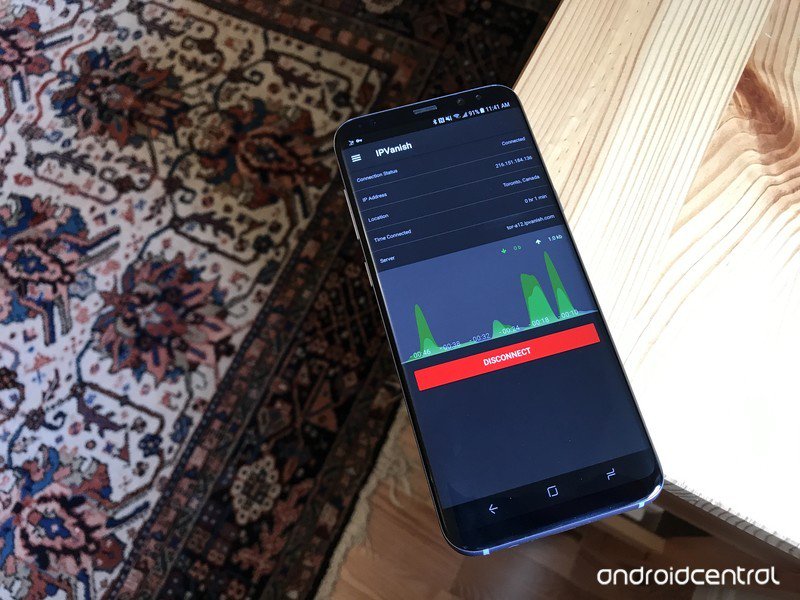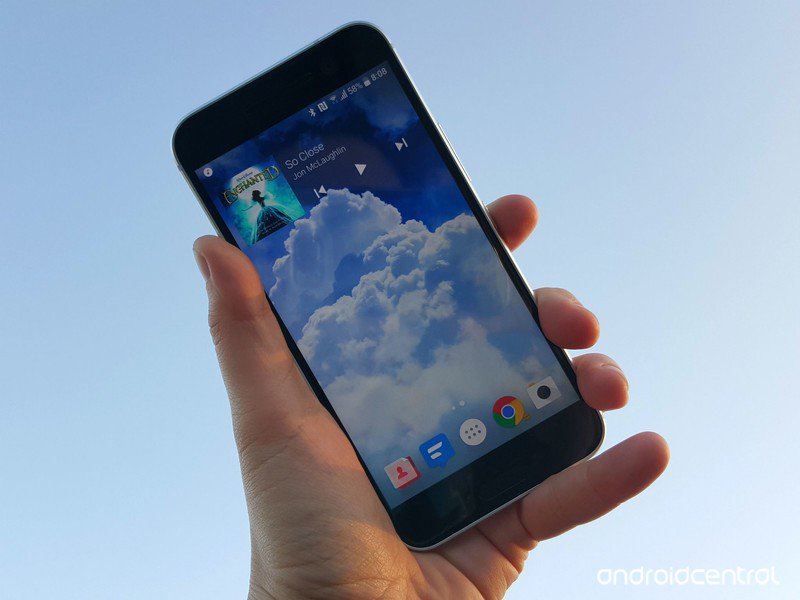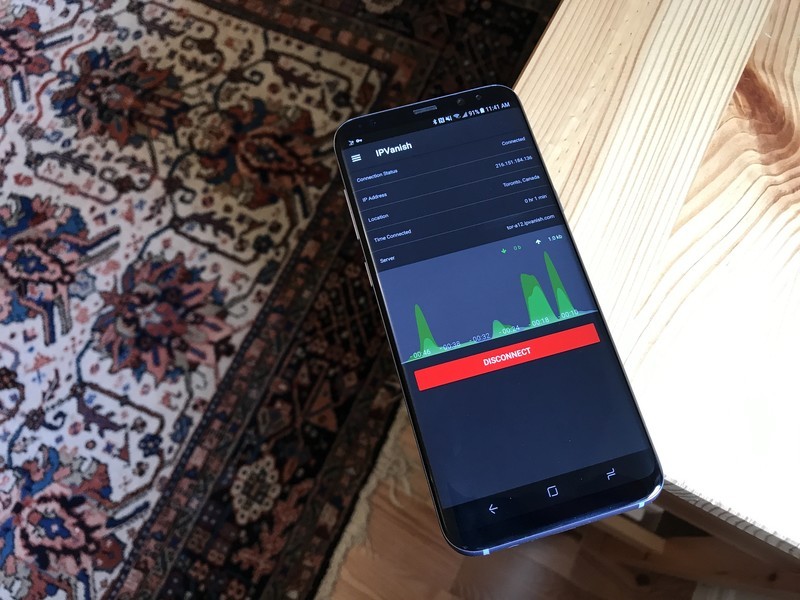
In November 2018, Cloudflare introduced its 1.1.1.1 application. It was a simple app that could move your phone’s networking stack to use Cloudflare’s 1.1.1.1 DNS service instead of the one assigned by your internet service provider. Google does something very similar with its own public DNS service, but Cloudflare’s is faster so it made your connections feel more “instant.” The announcement also talked about something called WARP, which would be coming at a later date.
WARP is part of Cloudflare’s existing app and not a standalone service.
That later date has arrived, and WARP is now part of the 1.1.1.1 app. So far, not too confusing, but that changes when the term VPN enters the fray. WARP is a VPN, but WARP isn’t like any VPN you might be using now or have heard about.
What is DNS?

DNS (Domain Name System) is used to convert familiar names like www.google.com into IP (Internet Protocol) addresses like 173.194.39.78.
Your phone (or any other computer) can only connect to anything over the internet using numbers. DNS servers are used to translate the things we type into those numbers so we don’t have to memorize them. They’re often called the phone book of the internet. These servers, called nameservers, hold files that can look up names like microsoft.com or facebook.com so you can be connected when you type them into your browser or when an app calls for a site to be opened. There is no single computer that holds the billions of DNS records — instead, they are distributed on many machines all over the globe.
Nameservers are the internet’s phone book. Remember those?
The way nameservers are mapped means there are machines that hold lookup abilities for each TLD (Top Level Domain), which in turn has its own set of nameservers that has individual records. A TLD is the three letters like “com” or “net” that end a URL you type in.
So you can imagine just how many different machines are used to look up what we all type and convert it into a string of numbers that our phones and computers can use to actually connect to anything on the internet. You can also imagine that some of these machines are super busy and can be slow. If you’ve ever typed in a web address and waited for a page to change or load, part of that waiting time was probably for the DNS resolution. Having nameservers that are not only faster but don’t track requests, like Google or Cloudflare’s offerings, is a really good thing.
What is a VPN?

You might think a VPN (Virtual Private Network) is a network tool that keeps you more private on the internet or lets you access region-restricted content, but those are actually byproducts and not at all what a VPN was designed to do. A VPN was “invented” to allow you a direct and secure connection to a remote network through the internet. An example would be me using a VPN to connect to Mobile Nation’s servers from anywhere and having the traffic tunneled through the regular internet without interacting with any of it. That’s a…
http://feedproxy.google.com/~r/androidcentral/~3/-bVvszN1NIQ/what-cloudflares-warp-and-should-you-use-it
















